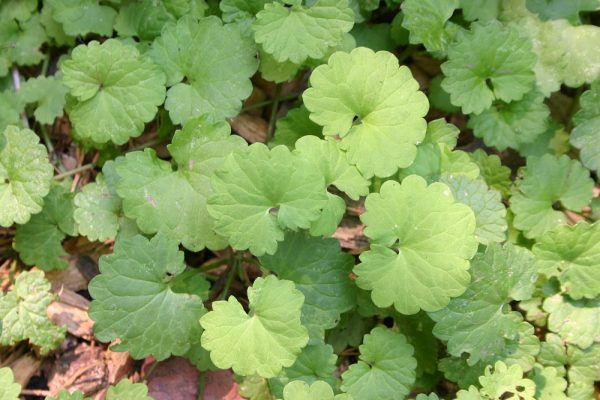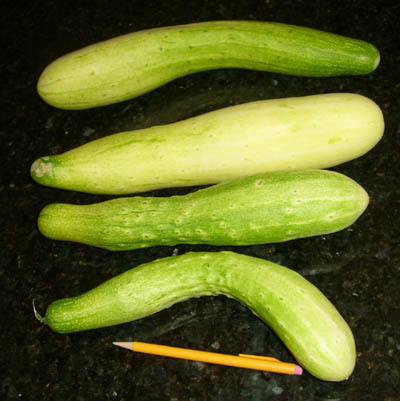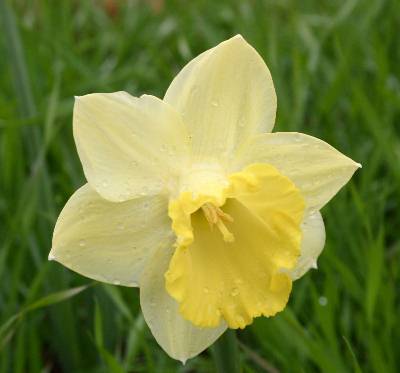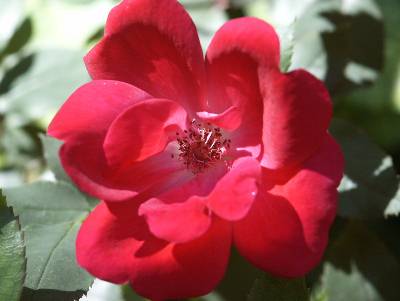Cauliflower

Brassica oleracea var. botrytis
A member of the mustard family, cauliflower and its close relatives are different varieties of Brassica oleracea, commonly called the cole crops.
• More detailed information can be found in The Georgia Fruit & Vegetable Book by Walter Reeves and Felder Rushing
• See also:
Wild brassicas grow along the seacoasts of Europe from Denmark to France, and in other locations from Greece to Great Britain. Although it has been cultivated for 5,000 years, cauliflower was developed from other cole crops quite late and has been popular in this country only since the 1930s. Cauliflower requires the best conditions and most care of all the members of the cabbage family. Some gardeners refer to it as the “college graduate” of the cole crops that will test the amateur gardener’s skills. This vegetable, grown for its compact heads of white flower buds or curd, is picked before the flower buds begin to open.
WHEN TO PLANT
This cool-season crop is less tolerant of either heat or cold than its close relation, broccoli, and will not grow as well in dry weather either. Grow cauliflower as a spring crop, maturing before the onset of hot weather, or as a fall crop. For the best success, use transplants instead of sowing seeds. Seeds are too slow germinating in the garden, and the crop will tend to be very uneven. In spring, start plants under lights about 8 weeks before the frost-free date (average date of last frost), and set them in the garden about 6 weeks later. Earlier plantings risk cold injury; later plantings may not mature before hot weather. Start seeds for a fall crop indoors about mid-July, then set out seedlings in the garden about mid-August.
WHERE TO PLANT
Choose a location that is in full sun (8 to 10 hours will suffice) or light shade (a little shade from a distant tree or some shade in the middle of the day). Cauliflower prefers deeply prepared, well-drained soil; good drainage is essential. (See the discussion of soils in the introduction and “Soil Preparation” in the introduction to the vegetable garden.)
HOW TO PLANT
Apply a complete garden fertilizer, such as 10-10-10, at a rate of 1 1/2 pounds per 100 square feet of garden. Spade or rototill the soil. In rows, space the transplants about 18 inches apart, with 36 inches between rows. In a bed, space the plants 16 to 18 inches apart, which will allow 2 or 3 plants across the standard 4-foot bed. Set the plants at the same depth they were growing. Water in the plants with a transplant starter fertilizer that has a very high-soluble phosphorus analysis: 10-52-17, 10-50-10, or 10-30-10. If root maggots have been a problem in the past and your previous crops have suffered damage, also mix an approved garden insecticide in water according to the directions on the label, and use it as a drench as transplants are watered in.
CARE AND MAINTENANCE
Cauliflower must grow vigorously from seeding to harvest. Any disruption will cause the flower to abort and the subsequent failure of the crop. Another problem results from keeping the transplants in the seedling flat too long; tiny buttons, instead of large heads, will form prematurely. Water cauliflower as needed to provide 1 inch per week. When plants are about half grown (8 to 12 inches tall), fertilize them with nitrogen to stimulate continuing vigorous growth. Heads exposed to light will be off-color, and the flavor will be poor. The white, blanched heads desired by gardeners develop in the absence of light. Here is the process to follow to achieve them: when heads are about 3 inches in diameter, lift the leaves over the heads to shade them, and tie them up with twine, rubber bands, or a couple of clothespins. Self-blanching varieties produce upright leaves that shade the heads and require no tying. Pests and diseases may affect plants. Prevent infestation of cabbage worms with a biological worm spray or dust, available at most garden centers. Avoid root and stem diseases by planting where no cabbage, collards, brussels sprouts, broccoli, or other brassicas have been grown for a year or more.
ADDITIONAL INFORMATION
The heads will develop quickly under good growing conditions. A week or so following blanching, the heads should be 6 to 8 inches in diameter, firm and white. Harvest them before they start to loosen. Loose, “ricey” heads (those that begin to separate and look like piles of rice instead of being compact and tight) are poor in quality. Cut heads, leaving a few green leaves to protect them. Cauliflower deteriorates quickly after harvest, so use it immediately or freeze it. If you freeze it, you should probably cut it up first. Since cauliflower does not develop usable side shoots, pull the plants immediately following the harvest.
VARIETIES
Variety Name
Days to Maturity
Comments
Andes
68
Good self-blanching type
Early White
52
One of the earliest
Green Goddess Hybrid II
62
Lime green, tasty
Self Blanch
71
OP; 7-inch heads, needs no tying, excellent fall crop
Snowball Y Improved
68
OP; 6-inch heads well protected by leaves
Snow Crown
60
Tolerates heat and cold; yellows resistant
Snow Grace
65
Improved Snowcrown type; grows larger and later
Snow King
50
9-inch heads, early
Violet Queen Hybrid
70
Purple head turns green when cooked
OP = OPEN POLLINATED (VERSUS HYBRID)














